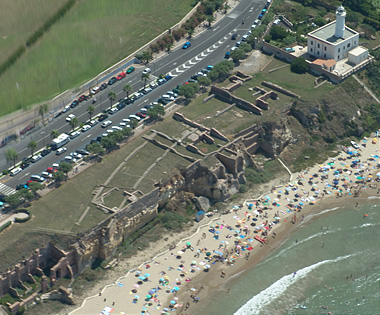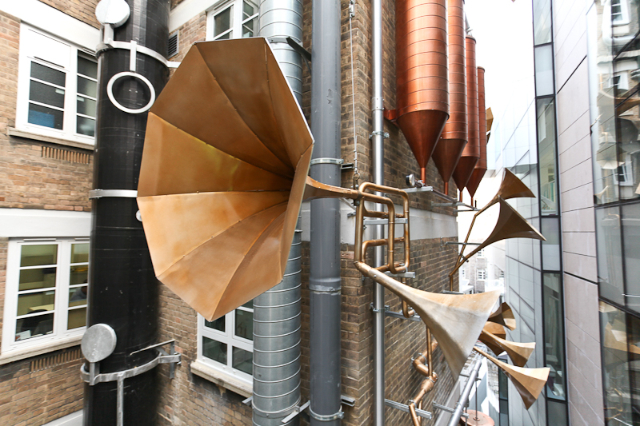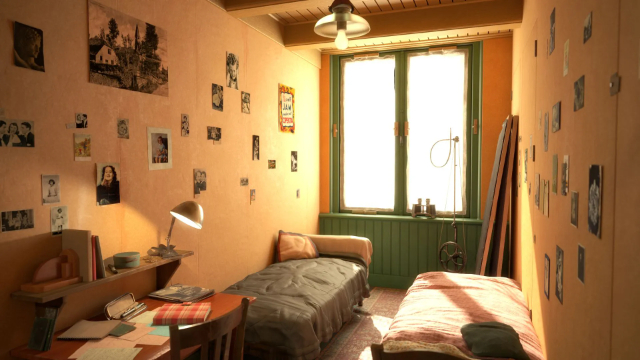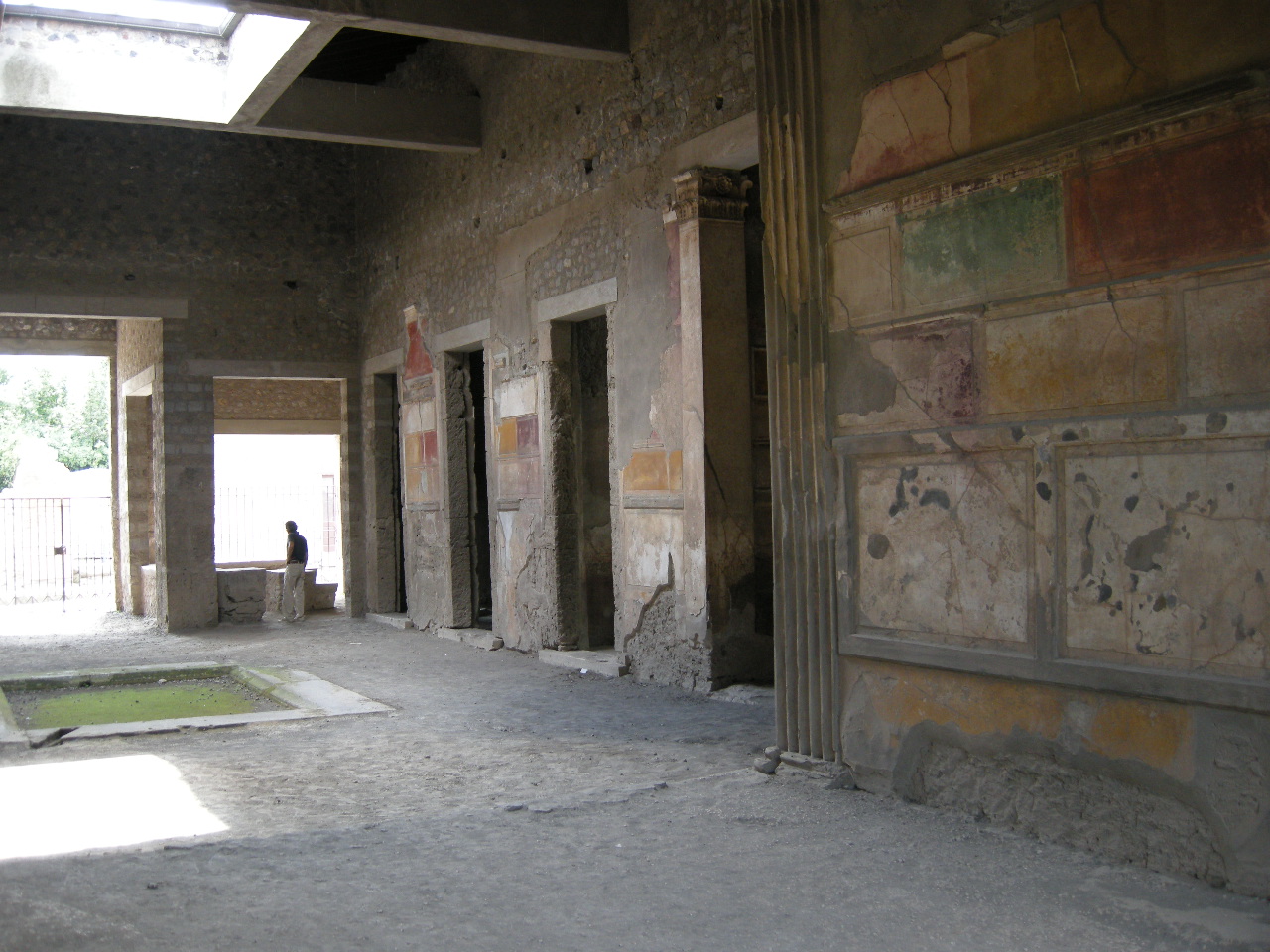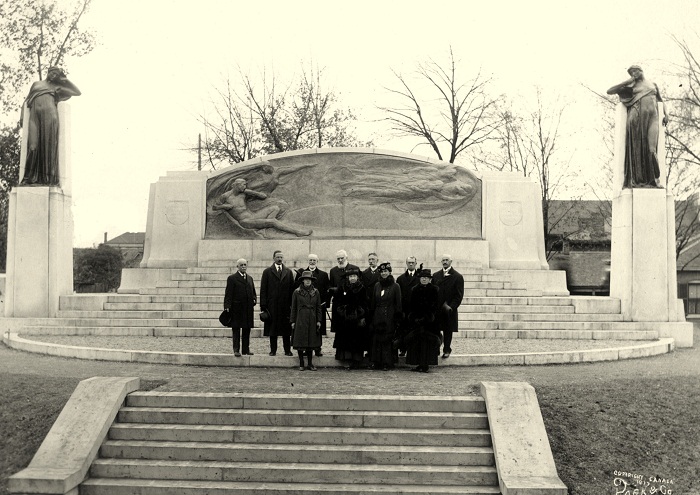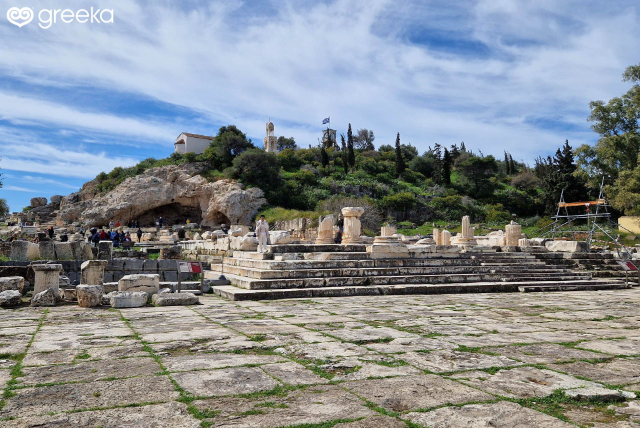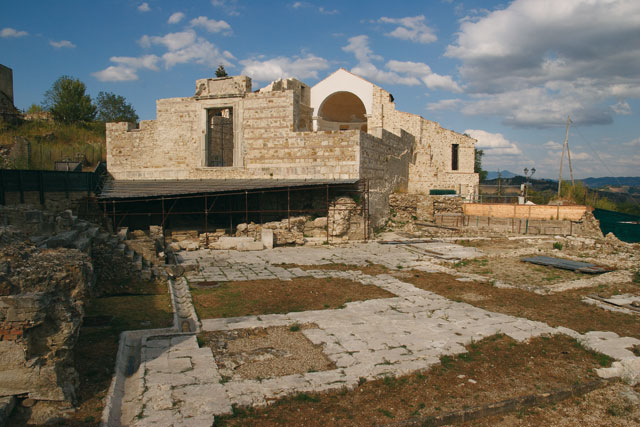Along the coastal strip of Anzio, Nero’s grand imperial villa stretched from the tip of Capo d’Anzio and via Furio Anziate for more than 800 meters westward to the head of the Arco Muto. At Anzio, as Tacitus reports, Nero was born, which is perhaps why it was chosen by the emperor to build a port and his own villa there. Legend has it that from his villa in Anzio Nero witnessed the burning of Rome. The emperor had in his mansion a rich library with wooden shelves adorned with gold studs, while in the most secret rooms of the villa there must have been a domestic museum with images of centaurs and Amazons. From this museum come the most famous statues of archaeological Anzio: the Apollo of Belvedere, the Borghese Gladiator, and the Maiden of Anzio.
In its long history the villa has undergone numerous modifications, through the Republican, Augustan, Neronian, Domitian, Hadrianic, and Severan phases. In the Republican phase, the villa was built in the plane overlooking the sea, west of the modern Lighthouse, according to the best architectural canons of the mid-2nd century BC. The rooms, walls, and chambers are built in orthogonal and parallel positions, according to a symmetrical pattern.
Today only the foundations remain of these remains, the only evidence after the destruction caused by Nero, who rebuilt another, even more extensive villa on top of it. Through a long corridor one reached as far as the vegetable gardens, passing through some rustic buildings. Inland, the villa was divided into pavilions, baths, gardens, fountains, and terraces. The villa passed from time to time into the hands of each emperor who ascended the throne of Rome. In the Hadrianic phase, a series of pavilions detached from the central body of the villa were built, while it was in the last phase, the Severan phase, that the baths were constructed: today of the entire complex the calidarium, the hall reserved for bathing in hot water, remains clearly visible.
The villa is part of the archaeological park that extends for almost the entire length of Via Fanciulla d’Anzio and includes the port, the area of the port warehouses (Nero’s caves).
